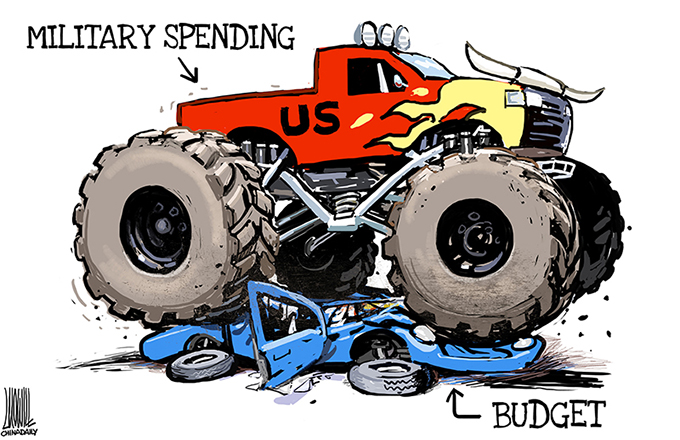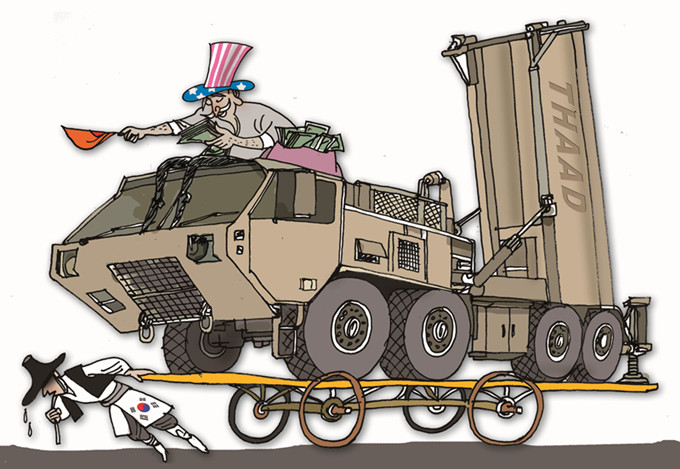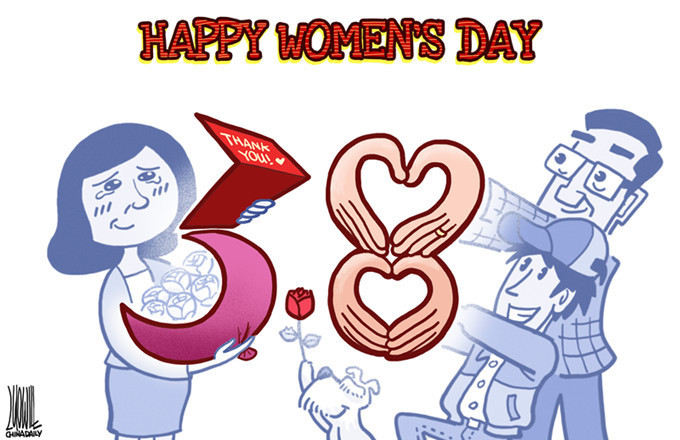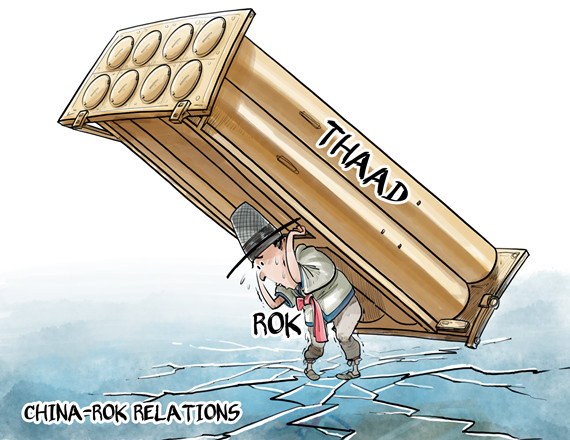Human rights record of the United States in 2012
V.
On the rights of women and children
The U.S. remains one of a few countries in the world that have not ratified the Convention on the Elimination of All Forms of Discrimination against Women or the Convention on the Rights of the Child. It faces prominent problems in protecting the rights of women and children.
Women face discrimination in employment and payment. Women made up about two-thirds of all workers in the U.S. who were paid minimum wage or less in 2011 and 61 percent of full-time minimum wage workers, according to the Bureau of Labor Statistics (www.womensenews.org, December 11, 2012). On average, women have to work as far as April 17 into 2012 to catch up with that men earned in 2011, meaning women earned 77 cents to the male dollar. African American women earn 62 cents to the male dollar, Latinas 54 cents. In some states, women of color earn less than half as their male counterparts. Women in Wyoming, the lowest ranking state, earn just 64 cents on the male dollar (www.womensenews.org, April 30, 2012). Voters in Oklahoma approved an amendment to the state's constitution to end affirmative action programs in state government that had been designed to increase the hiring of minorities and women in the state's 115 agencies (www.articles.chicagotribune.com, November 7, 2012). The problems that pregnant women and new mothers face on the job are very real. Employers routinely ignore mandate in the Pregnancy Discrimination Act, and are forcing pregnant women out of the workplace (www.edition.cnn.com, November 26, 2012). A Houston mother says she was fired from her job at a collection agency after asking to bring a breast pump into the office so she'd have plenty of fresh breast milk for her newborn. A new Connecticut mom says her new employer asked her to resign after she told them she was pregnant (www.latimes.com, February 8, 2012).
The poverty rate among women is higher than males. The National Women's Law Center (NWLC) announced that the poverty rate for women in 2011 was 14.6 percent, compared to men's 10.9 percent. Women are more likely to live in poverty and about 40 percent of women who head families live in poverty, according to the NWLC. Another report on the plight of female retirees also notes that the poverty rate among retired women is 50 percent higher than their male counterparts (womensenews.org, September 17, 2012).
Women are the victims of violence and sexual assaults. An average of three women in the U.S. lose their lives every day as a result of domestic violence (www.dccadv.org, October 1, 2012). A national census of domestic violence agencies in September 2011 found that more than 67,000 victims were served in a single day (www.womensenews.org, July 17, 2012). In 2010, the arrest rate for rape was 24 percent in the U.S. (www.thedailybeast.com, April 9, 2012). According to the Report on Violence against Women, its Causes and Consequences, submitted by the Special Rapporteur to the General Assembly in 2012, most prison staff in the U.S. is not adequately trained to prevent or respond to inmate sexual assaults, and prison rape often goes unreported and untreated (United Nations document number A/67/227).
Women in the U.S. forces are the victims of widespread sexual abuse, leading to media allegation that the US military has a culture of rape (www.aljazeera.com, August 4, 2012). Around 79 percent of women serving in the military reported experiences of sexual harassment. Military sexual trauma often leads to debilitating conditions such as Post Traumatic Stress Disorder (PTSD) and major depression (www.servicewomen.org). That Air Force drill instructor Luis Walker was accused of raping and sexually assaulting 10 female trainees is the biggest sex scandal to hit the U.S. military since the 1990s (www.reuters.com, July 21, 2012). In 2011, nearly 3,200 rapes and sexual assaults were officially reported, but the Pentagon admits that represents just 15 percent of all incidents. A military survey revealed that one in five women in the US forces has been sexually assaulted, but most do not report it. Nearly half said that they "did not want to cause trouble in their unit" (www.aljazeera.com, August 4, 2012).



















